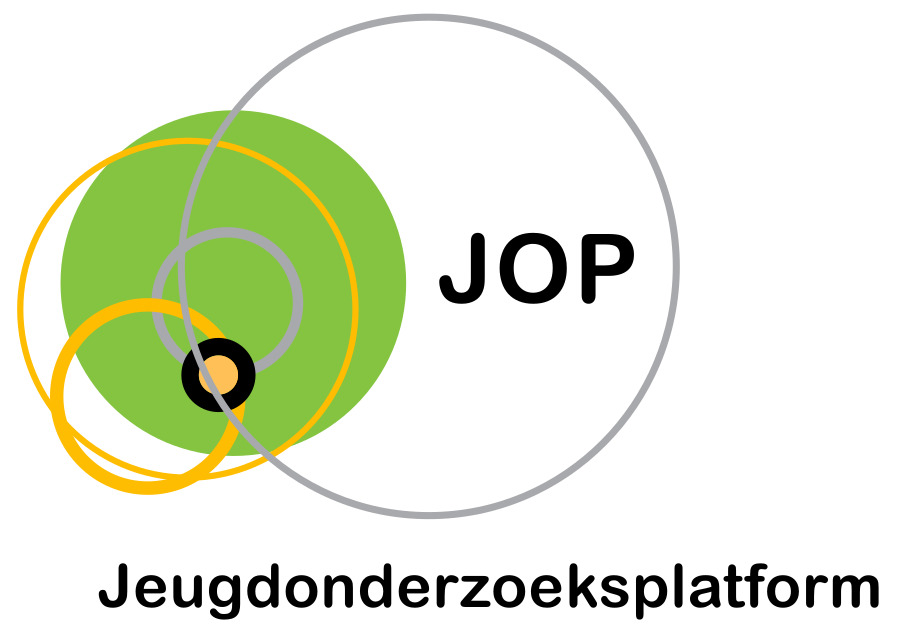The Role of Attachment and Maladaptive Emotion Regulation Strategies in the Development of Bulimic Symptoms in Adolescents.
Auteurs
Van Durme, K., Goossens, L., Bosmans, G., Braet, C. (2018).

Abstract
Following the theoretical propositions of the Emotion Regulation model of attachment, the current study investigated whether attachment anxiety and attachment avoidance might play a differential contributing role in the development of bulimic symptoms, through assumed differences in adopting specific maladaptive emotion regulation strategies in a sample of adolescents. Developmentally appropriate self-report questionnaires were administered to a community sample of 397 adolescents (Mean age: 14.02; 62.7% female) and this at 2 time points with a 1-year time lag. Results provided longitudinal evidence for the Emotion Regulation model of attachment in confirming the differential contributing role of the attachment dimensions on the development of bulimic symptoms in a sample of adolescents. More specifically, attachment anxiety seemed to be related to bulimic symptoms through rumination, while attachment avoidance through emotional control. These results may have clinical implications for assessment and treatment of bulimic symptoms in adolescents.
In navolging van de theoretische voorstellen van het emotieregulatiemodel van hechting, onderzocht de huidige studie of angstige hechting en vermijdende hechting een differentiële bijdrage kunnen spelen bij de ontwikkeling van boulimische symptomen, door veronderstelde verschillen in het aannemen van specifieke onaangepaste emotieregulatiestrategieën in een steekproef van adolescenten. Ontwikkelingsgerichte zelfrapportagevragenlijsten werden afgenomen bij een gemeenschapssteekproef van 397 adolescenten (gemiddelde leeftijd: 14.02; 62.7% vrouw) en dit op twee tijdstippen met één jaar tussen. De resultaten leverden longitudinaal bewijs voor het emotieregulatiemodel van hechting door het bevestigen van de differentiële rol van de gehechtheidsdimensies op de ontwikkeling van boulimische symptomen in een steekproef van adolescenten. Meer specifiek bleek angstige hechting gerelateerd te zijn aan boulimische symptomen door middel van gepieper, terwijl vermijdende hechting door emotionele controle leek te zijn. Deze resultaten kunnen klinische implicaties hebben voor de beoordeling en behandeling van boulimiesymptomen bij adolescenten.
Referentie
Van Durme, K., Goossens, L., Bosmans, G., Braet, C. (2018). The Role of Attachment and Maladaptive Emotion Regulation Strategies in the Development of Bulimic Symptoms in Adolescents. Journal of Abnormal Child Psychology, 46 (1), 881-893.
Taal
Engels
Publicatievorm
Tijdschriftartikel
Trefwoord(en)
Adolescents; Attachment; Bulimic symptoms; Emotion regulation.
